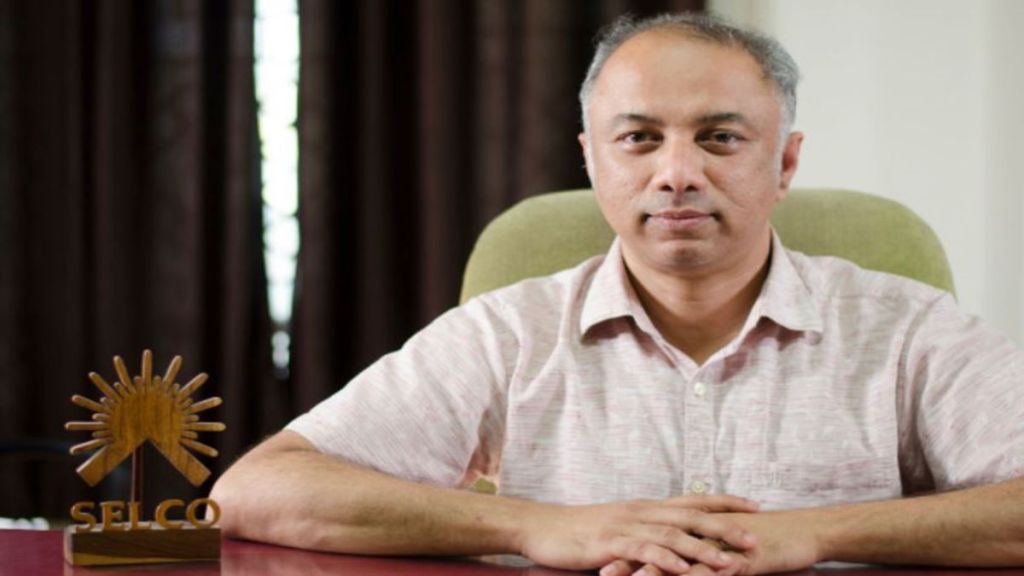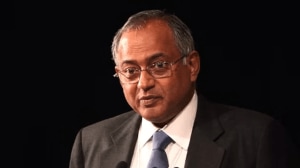Solar power is a fast-developing industry in India. According to the 2022 Statistical Review of World Energy, the country’s solar installed capacity was 64.381 GWAC as of 28 February 2023. Recently, IKEA Foundation and SELCO Foundation launched a new initiative ‘Energy for Health’. This initiative is launched in partnership with India’s Ministry of Health and Family Welfare (MOHFW) and various State Health Missions.
According to the stakeholders, 25,000 healthcare facilities in 12 states in India will be powered by sustainable energy and upgraded with energy-efficient medical equipments by 2026 under this initiative.
Financial Express.com talked to Harish Hande, CEO, SELCO Foundation and he highlighted the object of the announcement, funding, how this initiative works, impact, plans among others. Hande is a social entrepreneur who co-founded SELCO India in 1995. In 2011, he was awarded with the Ramon Magsaysay Award for 2011 for “his pragmatic efforts to put solar power technology in the hands of the poor, through his social enterprise SELCO India”. Excerpts:
What is the key objective of this initiative?
The key objective today is to showcase that using decentralised energy as the catalyst, can we democratise the delivery of health services to the poor in the most affordable and in climate-resilient manner. So, India becomes an R&D model for the rest of the world to follow.
How this initiative will work?
We have come up with a programme to launch 25,000 Primary Health Centres (PHCs). It’s not only about empowering them with solar but how do you redefine the appliances in terms of medical efficiency. Also, can health services be democratised so that you don’t need to deliver through brick and mortar? How can we use telemedicine? How can we use solar energy to power telemedicine right at the doorstep? So, shifting the way healthcare services are delivered but using energy as the lens and that’s what we are trying to do with this project.
According to you, how solar energy can play a role in the Indian healthcare sector?
First, what happens is that a lot of our countrymen live in remote parts of the country whether it is a flood plain of Assam, terrains of Mizoram, Manipur etc. where solar energy…the beauty of solar energy is it can be decentralised. You have a centre, you power it…you don’t need to push in lines and you can design in a way that you will not have to worry about power cuts…you are not worried about diesel engines…so I can do any set up…so solar breaks the services from centralised to decentralised. So, you are taking the services to the poor. For example, if I go to the remote parts of Meghalaya…not only I can have PHC that is solar powered…it will lead to no worries about powercuts but I can also have a solar powered backpack as vaccine carriers that will go to the houses of people who are not able to work. In a community centre, I can put up a solar-powered projector where a doctor sitting in Bangalore or Houston can provide services to the poor without physical interaction. So, using solar power to leapfrog India’s health sector by 2035 is our goal. So, can New York follow us in five years…rather than we follow it in five years.
Few months back, SELCO Foundation initiated solar-powered PHCs in Pune. What more plans lie ahead with respect to sustainable energy in the healthcare sector?
When I design a solar substitute for a baby warmer or a suction pump or any other maternal equipment…people say solar is expensive but nobody thinks that the baby warmer must have been poorly designed. An average baby warmer that we have in India or the world is 800 watts…so I design solar powered one for 800 watts. But in the market, there are much more efficient baby warmers that consume 200 watts. Why not I push the industry to make those baby warmers so that less solar energy is required? Secondly, we redesign the buildings…in many places the maternal rooms are like execution chambers. Why can’t I redesign with better environment, cooling which is solar powered…young mothers need temperature of 29 degrees…so can I use solar-powered equipment to cool down the temperature? So, we are trying to do solar cooling, solar powered essential gadgets, solar powered operation theatres among others. So, solar can actually play a role in every value chain of health sectors.
Is there any upcoming plans to launch similar initiatives in other segments?
We have two focal areas: One is solar in health and another is solar in livelihood. These are our two main programmes. Health is a major expenditure of the poor and through our programme we help in reducing that. In the livelihoods, we basically look at how can solar energy be helpful in creating more job opportunities across genders. Solar can help in increasing livelihood options especially for women. Just like this initiative, we say can we reach 2.5-3 million people in the North-East through our livelihood programme. Our selfishness is can we create India especially the north-east as a hub of innovation for the rest of the developing countries. So, India can become the centre of solutions.
How this initiative will be funded?
The total initiative is approximately, Rs. 1000,000 crores where Rs. 450 crores has been committed by IKEA Foundation. The government of India has come up which they should finalise very soon and then we are also looking at National Health Missions. The National Health Mission of Meghalaya has, in the first phase, committed to 60 percent of what is required. So, our contribution will only be 40 percent. Manipur is also looking at a similar model like Meghalaya. As of now, we have a complete commitment of around Rs. 600 crores.
India still has a lot to do to achieve Sustainable Development Goals (SDGs). According to you, what are the challenges that still lies ahead? What more needs to be done?
One is, how we push the ecosystem in a way that the vernacular-speaking entrepreneurs are funded. Rather than, focusing on the IITs, if you create the same culture of innovation labs in non-IIT institutes, the country will change.









